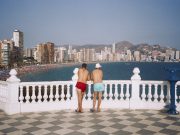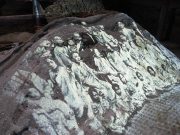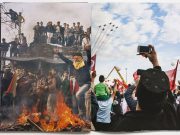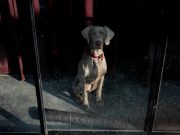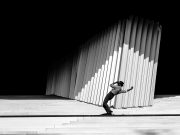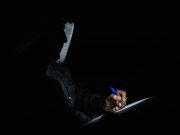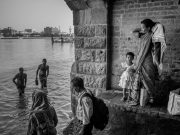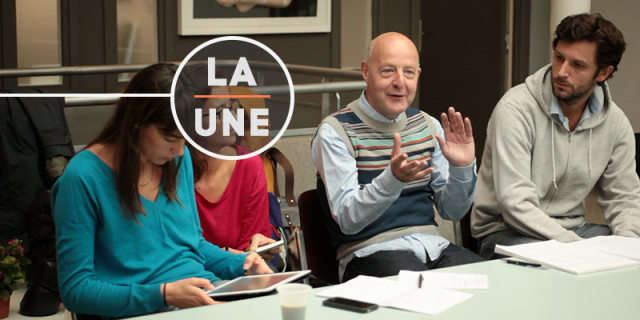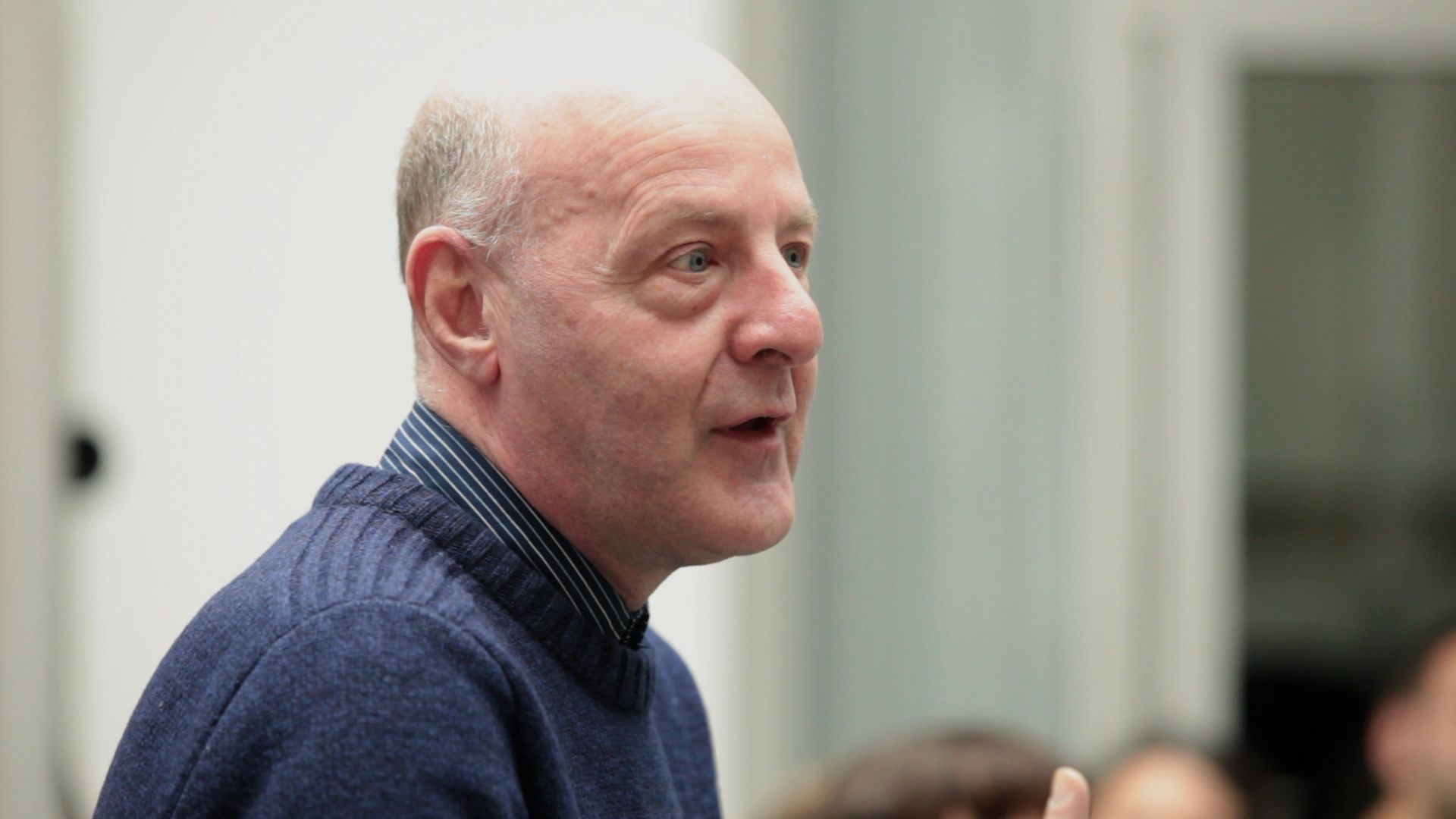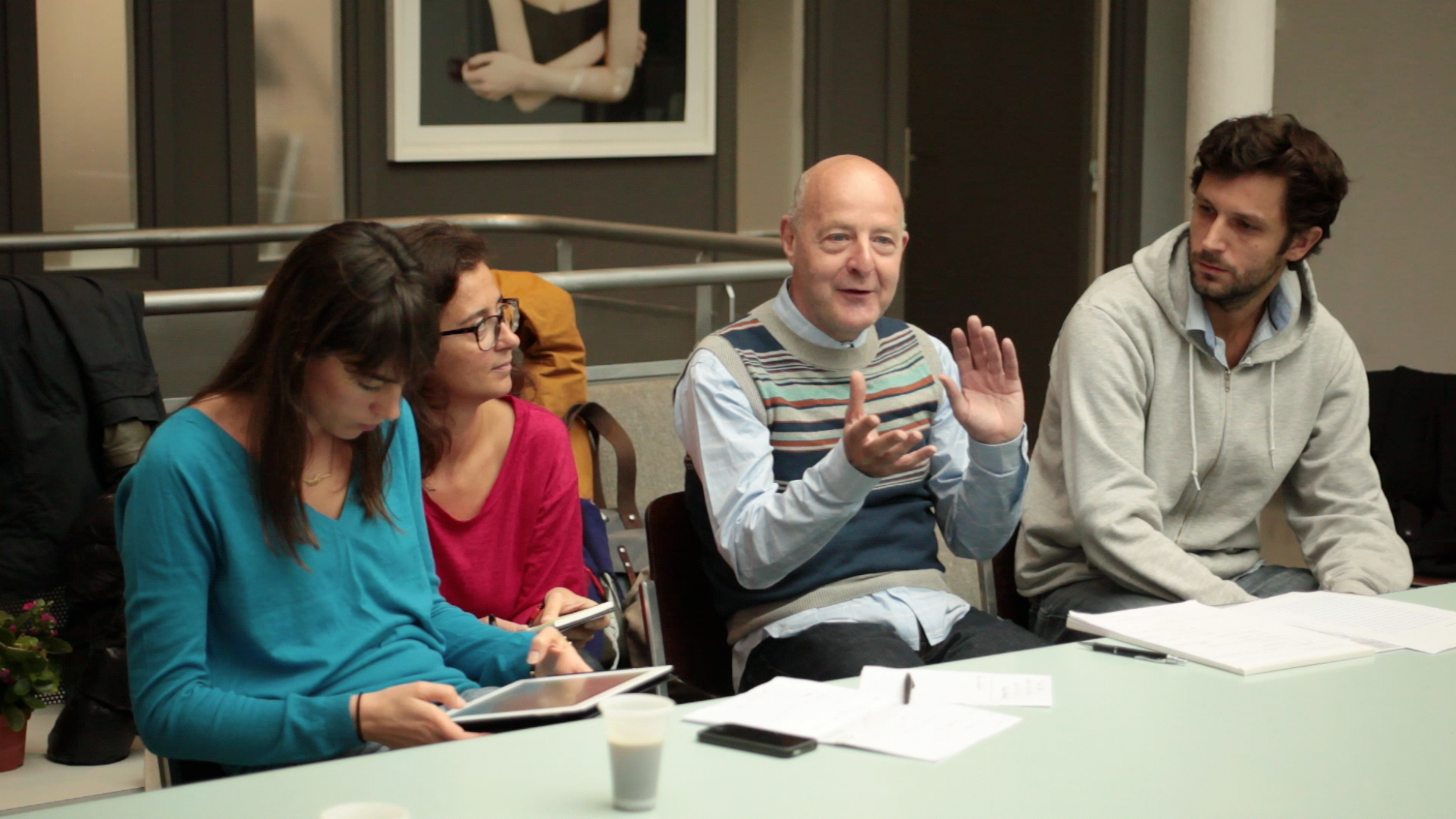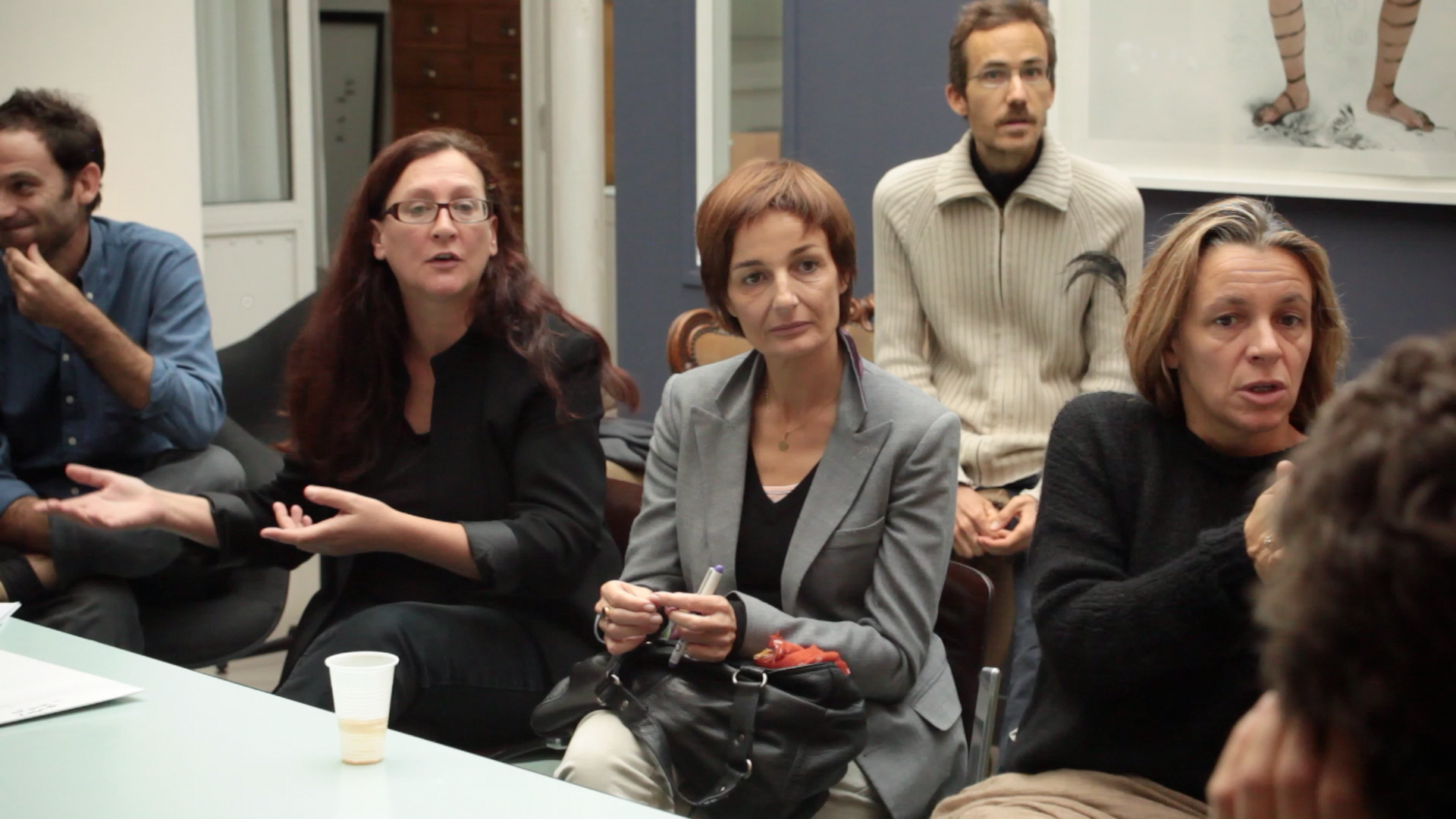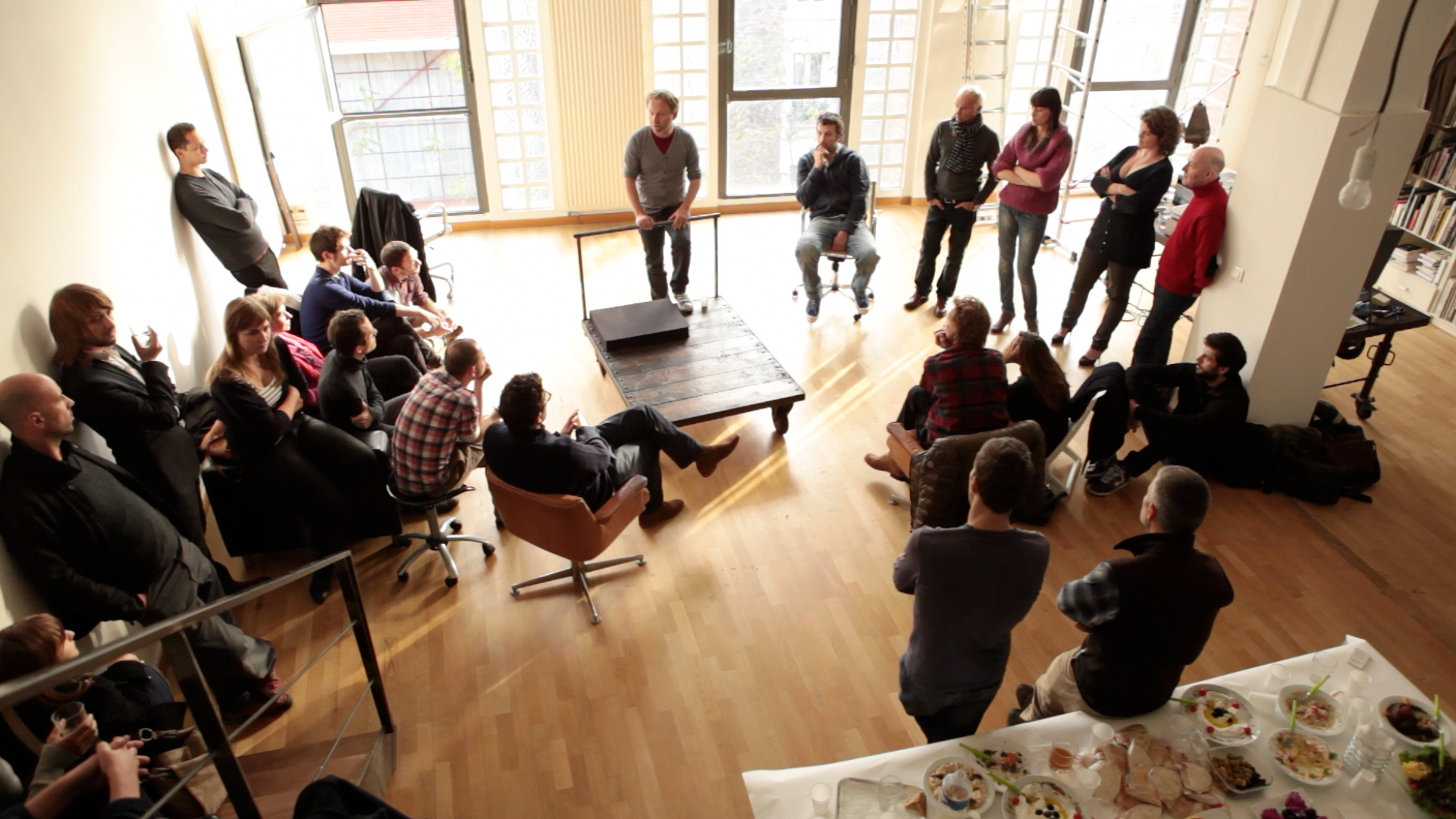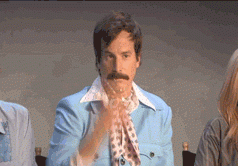Paul Wombell
► Cet article est une tribune de Paul Wombell, directeur artistique de la Mission photographique France(s) Territoire Liquide.
Cliquez-ici pour accéder à notre dossier sur France(s) Territoire Liquide, le projet de 43 photographes qui regardent la France
In the early part of 2011 I was approached to see if I would consider becoming involved with this new photographic mission on the territory and landscape of France. It seemed an interesting project to be involved with, plus a kind of project that I had not been involved with before. I was aware of the historical DATAR project and I am interested in how photography might consider the changing relationship of humans to the land with climate change and how technologies redefine space. At this stage I was not sure what my involvement might be except for travelling to Paris every few months to meet the photographers involved with the project.
The Mission were looking for someone to give the project some direction, to create and write down a kind of ‘manifesto’, and work with each photographer on the development of their ideas. I said yes, and for the next three years I became a regular traveller to France and became involved with this totally absorbing project.
At first there were about 30 photographers involved, but this increased to almost 50 during the first 12 months. My first meetings were more like getting to know each photographer and giving some lectures on my thoughts on photography. I also talked about the need to think about different times frames that are not only based on the human experience, that other forms of material in the world have their own time and life outside of human experience. So directly question the central position of the human in the world, and the demarcations that are made between man and nature. One of the themes that I saw being investigated in the work was the idea of boundaries. Where are boundaries, are they visible, are they permanent and from this the idea came the idea of liquid territories.
I would travel to Paris regularly and spend Friday and Saturday looking at and discussing work. Sometimes I could meet over 20 photographers at these meetings. I would return to London very exhausted, but with a sense of achievement as the Mission moved on and great work was being produced. . Unfortunately I had to make the decision that some photographers were not right for the Mission. This was not based on the quality of their work, but the direction the Mission was taking as it became more open and more questioning. There was a very faint idea that they would be an exhibition and publication at some point in the future, but the first 18 months was much more about deciding the direction the Mission.
Though their was a direct reference to the earlier DATAR as the inspiration, this Mission become something else due to the changes that have taken place since the 1980s culturally, socially artistically, technically and politically. This Mission could not happen in the way it developed without social media. I can’t find anything in photography that describes how the Mission has developed over the last 3 three years. What readily comes to mind is how the theatre director Peter Brook worked with an ensemble of actors who improvised during a long rehearsal period in the production of epic proportions on important themes. Liquid Territories has something of this epic approach, working over an extended period with a group of photographers dealing with a major theme, in our case the French terrain. Our mission became a visual laboratory with workshops, lectures, discussions, research, where experimentation was accepted, where friendships developed, which as resulted in an exhibition, and publications instead of a theatre production. So the process was just as important as the end result. And the result has been a collective enterprise, where the individual parts are stronger because of their relationship to other works in the Mission. The theatre analogy can be taken a little further, the photographic work on display can be seen as characters that the photographers have fashioned, and they play their part in relationship to the other characters and act together on the audience in the gallery.
Liquid Territories is also very timely. The recent European elections have brought the issues of nationhood, boundaries and globalisation into the centre stage of politics. Where are the boundaries of a nation and can any state control its own boundaries? And now with President Hollande’s proposal to redraw the internal borders from 22 regions into 14 ‘super regions’, these are the questions that many people are asking at the moment. The photographers in the Mission are dealing with some of the same questions in a visible, open and complex way. They ask the audience to consider their world, but not in any conventional political way. How do we make sense of where we live today either in France, or any other place on the planet? Where the terrain we live on moves and changes due to human activity and changing climate and environment.
